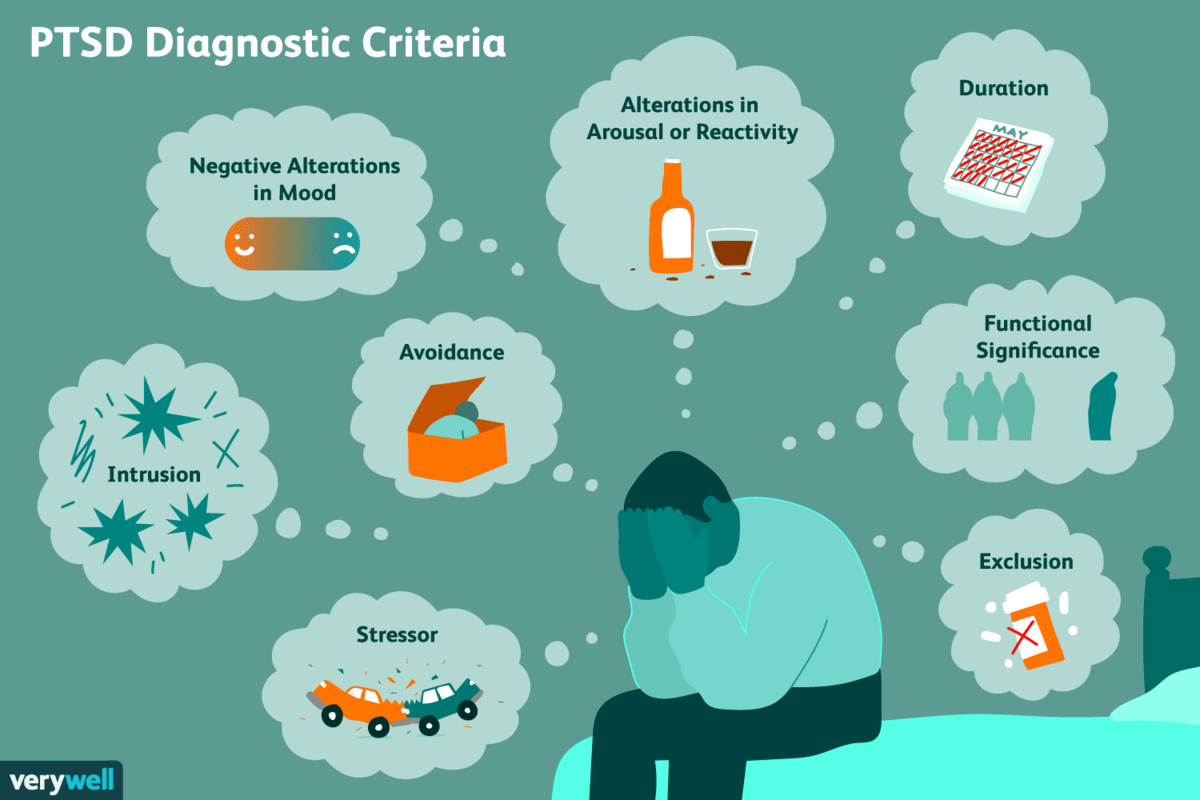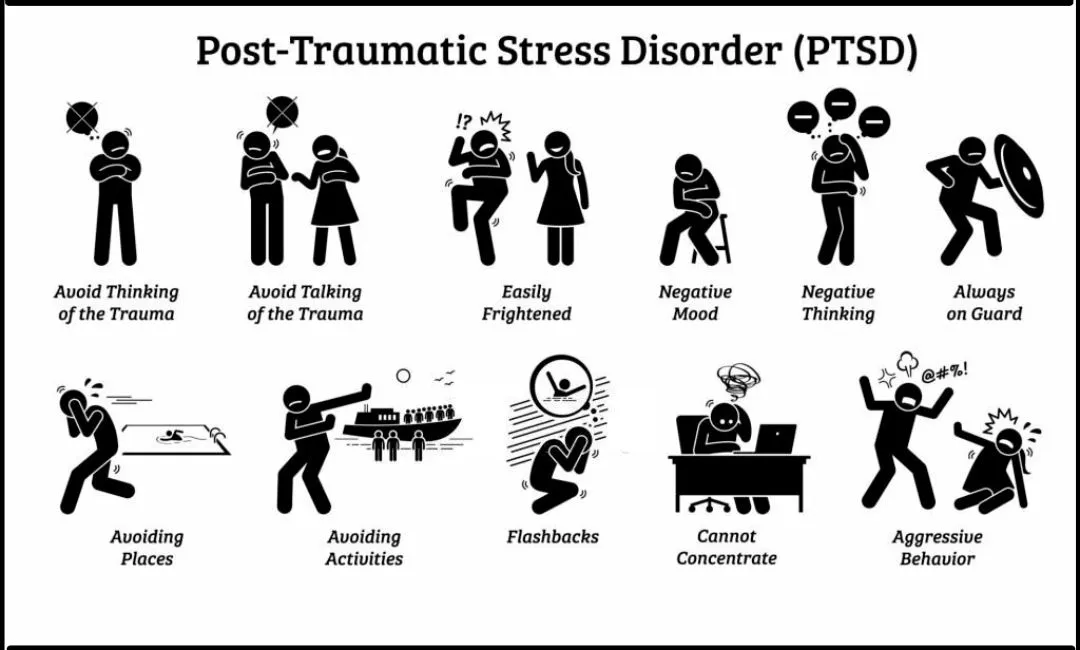Life is wild. Ah! Forgive me, it can get wild sometimes. People usually go through experiences that may be emotionally or physically harmful or life-threatening and may affect their mental, physical, social, and/or spiritual well-being, leading to the emergence of Post-traumatic stress disorder (PTSD). Sadly, in our communities, the disorder is not well understood and individuals suffering from the symptoms are sometimes ostracized or neglected, profoundly disrupting their daily lives.
The Nature of PTSD
People with PTSD often grapple with intense and intrusive thoughts and feelings long after the traumatic event has occurred. These stress responses manifest as Anxiety, depression, or feelings of guilt and shame, flashbacks or nightmares, and avoidance of situations, places, and activities related to the trauma.
Trauma is any event that severely threatens one’s existence or sense of safety. It can be a singular occurrence, like a car accident, or a prolonged experience, such as living through a war or enduring frequent abuse. Trauma doesn’t have to be directly experienced; witnessing a traumatic event or learning about a loved one’s trauma can also trigger PTSD.
Related Conditions
Acute stress disorder is a short-term condition that occurs within the first month following a traumatic event. Symptoms lasting longer than four weeks may indicate PTSD.
Complex PTSD (CPTSD) arises from chronic trauma, such as long-term child abuse or domestic violence. Along with PTSD symptoms, individuals with CPTSD often struggle with emotional regulation, a stable sense of self, and relationships.
Statistics show that PTSD is common, affecting 5% to 10% of those who experience trauma. Women and people assigned female at birth (AFAB) are twice as likely to develop PTSD compared to men and people assigned male at birth (AMAB).
Diagnosis

However, to receive a PTSD diagnosis, symptoms must persist for more than a month and significantly impair daily functioning. Generally, symptoms fall into four categories:
Intrusion; which is associated with repeated, involuntary memories, nightmares, and flashbacks
Avoidance is associated with avoiding reminders of the trauma, and avoiding thoughts or conversations about the trauma.
Changes in Thinking and Mood are associated with persistent fear, horror, anger, guilt, or shame, memory loss about the trauma, negative thoughts about oneself or others, feeling detached from others, loss of interest in activities, and inability to experience positive emotions.
Changes in Arousal and Reactivity are associated with irritability and angry outbursts, reckless or self-destructive behavior, hypervigilance, being easily startled, and difficulty concentrating or sleeping.
Besides, children with PTSD may have difficulty expressing their feelings and may exhibit symptoms similar to ADHD. It’s essential to consult a child psychologist experienced in diagnosing PTSD for accurate assessment and treatment.
Moreover, PTSD often coexists with other conditions, such as mood and anxiety disorders, neurological conditions, and substance use disorders. These can exacerbate PTSD symptoms and increase the risk of suicidal thoughts and attempts.
However, not everyone who experiences trauma develops PTSD. Studies indicate that people with PTSD have abnormal levels of certain neurotransmitters and hormones. They also undergo changes in brain functioning, such as decreased size of the hippocampus, overreactive amygdala, and smaller and less responsive medial prefrontal cortex.
Besides, Certain factors increase the likelihood of developing PTSD such as Specific types of trauma, especially military combat or sexual assault, Childhood trauma, Injury during the event, experiencing horror, helplessness, or extreme fear during the trauma, lack of social support, repeated or prolonged trauma, and pre-existing mental health conditions or substance use.

Treatment
Psychotherapy, particularly cognitive behavioral therapy (CBT), is the primary treatment for PTSD. Various forms of CBT include:
Cognitive Processing Therapy: Focuses on changing negative emotions and beliefs due to trauma.
Eye Movement Desensitization and Reprocessing (EMDR) Therapy: Involves specific eye movements while processing traumatic memories, helping to heal from trauma.
Group Therapy: Provides a supportive environment for survivors of similar traumas to share experiences.
Prolonged Exposure Therapy: Uses repeated, detailed imagining of the trauma in a safe setting to gain control over fear.
Trauma-Focused CBT: Educates about the body’s response to trauma, identifies problematic thinking patterns, and teaches symptom management skills.
Preventive Measures
While trauma cannot always be prevented, certain steps may reduce the risk of developing PTSD like; Seeking support from friends and family, joining support groups, maintaining a positive outlook on actions taken during trauma, developing healthy coping strategies, responding effectively despite fear, and helping others affected by the trauma.
PTSD is a challenging condition that can affect anyone who experiences or witnesses a traumatic event. Understanding its symptoms, risk factors, and treatment options is crucial for managing and overcoming its impact. With appropriate support and treatment, individuals with PTSD can regain control over their lives and improve their well-being.
















